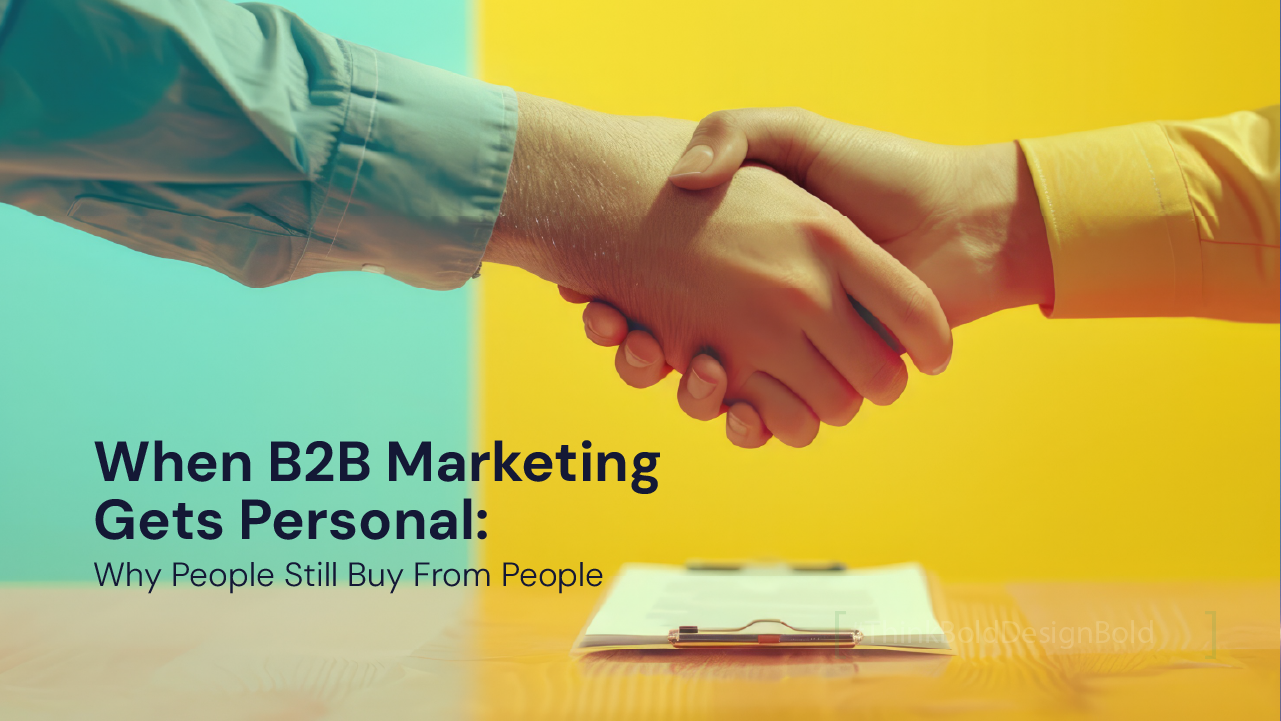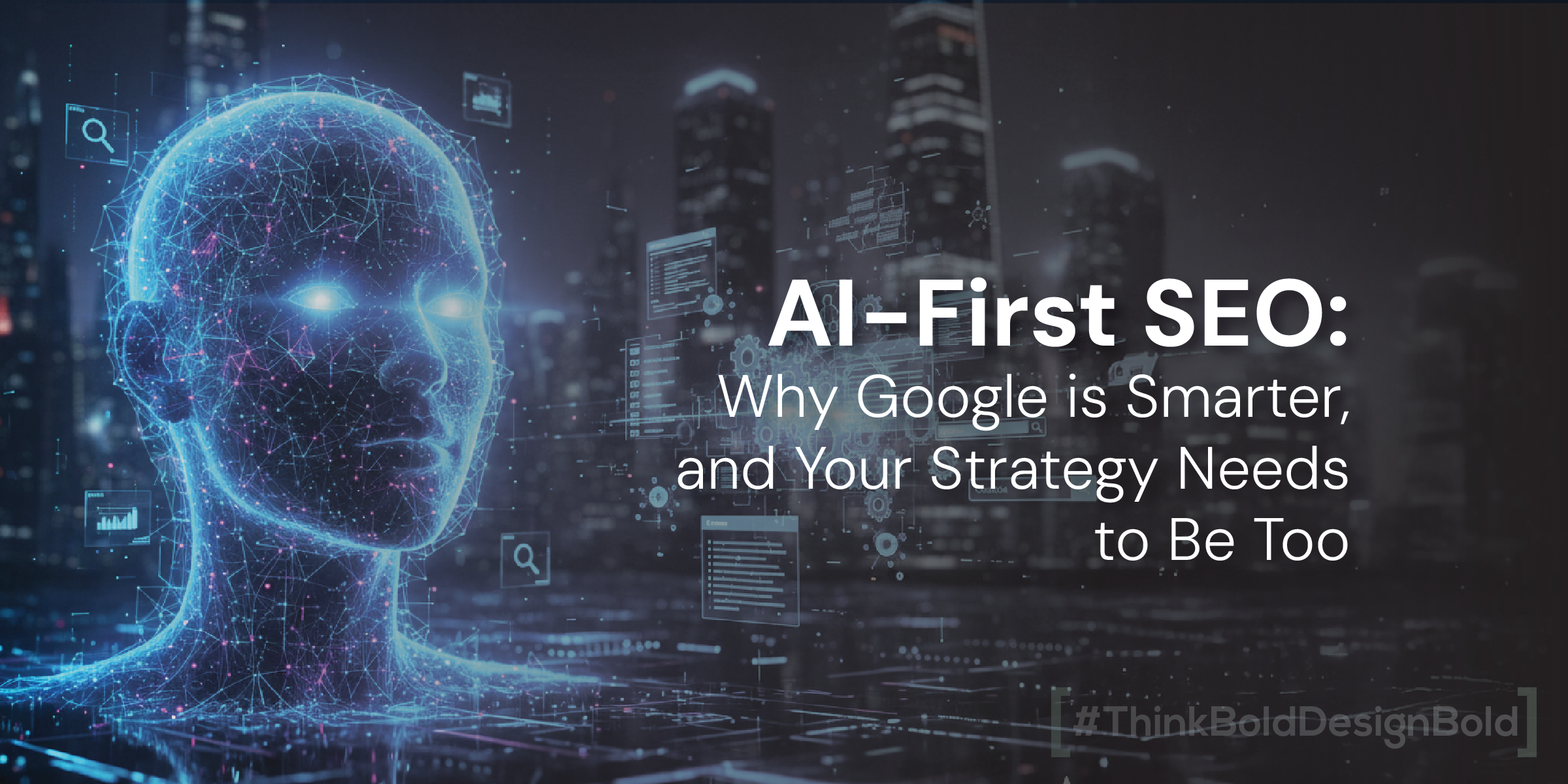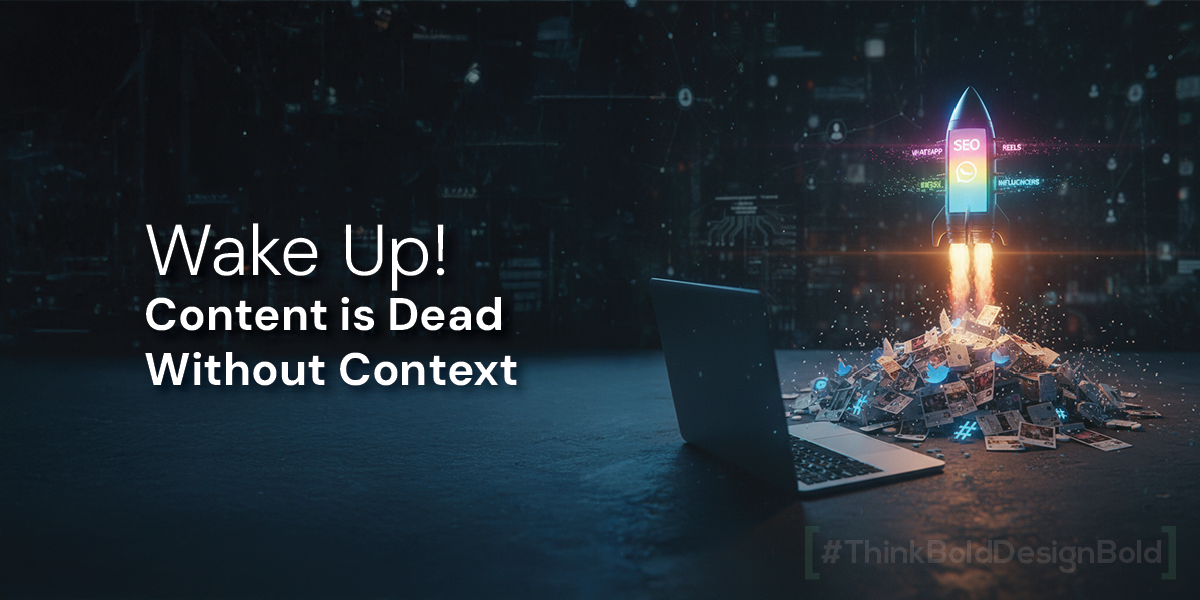In the world of business-to-business marketing, people often imagine boardrooms, spreadsheets, and bulk orders — not emotions, humour, or empathy. But here’s the thing: even in the most technical B2B transaction, there’s always a human on the other side. Someone who wants to trust before they sign. Someone who wants to feel understood before they commit.
B2B marketing in India is changing fast. The handshake may have moved online, but the connection still needs to feel personal.
The Shift: From Selling Products to Building Partnerships
Gone are the days when B2B marketing meant pushing technical specs and data sheets. Buyers now research, compare, and evaluate long before your sales pitch even reaches them. According to a LinkedIn India survey, over 80% of B2B decision-makers prefer doing their own online research before talking to a vendor.
That means your digital presence — your website, your videos, your social posts — are now the first sales call. And people don’t want to see a wall of jargon. They want to see who you are and what you believe in.
Think of Tata Steel, which transformed its brand perception by highlighting the people and communities behind its work — not just its industrial strength. Or Zoho, which promotes employee stories and ethical practices instead of endless software comparisons.
The new B2B era is less about “Look at our product features” and more about “Here’s how we help you grow.”
Why “Personal” Works Even in a Professional World
Let’s face it — Indians are relationship-driven by nature. Whether it’s a supplier in Surat or a corporate procurement officer in Gurugram, business often grows through trust, reputation, and word of mouth.
When you personalise your approach, you tap into that emotional fabric.
- Empathy builds reliability. A factory owner doesn’t just want a supplier; they want someone who understands their production stress.
- Stories build recall. Case studies or founder journeys stick better than brochures.
- Consistency builds comfort. A brand that speaks the same way on LinkedIn and at trade shows feels authentic.
Even in global markets, India’s relationship-first approach gives its B2B players an edge. Companies like Infosys, L&T, and Tech Mahindra maintain long-term contracts because they invest in human connection — not just delivery.
Digital Transformation Has Made “Personal” Easier, Not Harder
Ironically, automation has made personalization possible at scale. With tools like AI-based CRMs, segmented email marketing, and conversational chatbots, you can talk to thousands of people — one-to-one.
But the trick lies in using tech to enhance empathy, not replace it.
For instance:
- Email marketing: Instead of “Dear Customer,” segment by industry and send relevant stories — “How textile manufacturers are saving energy using your solution.”
- LinkedIn content: Share behind-the-scenes posts about your team’s effort or customer success journeys.
- Webinars: Invite small business owners and large enterprises together to discuss problems, not products.
The point isn’t scale — it’s sincerity.
The Indian B2B Landscape: Why Now Is the Time
India’s B2B market is expected to reach $200 billion by 2030, driven by rapid digital adoption, especially in manufacturing, logistics, and IT sectors. But here’s the catch — most players sound the same.
Go through any 10 websites in these industries, and you’ll find identical phrases: “cutting-edge solutions,” “innovative technology,” “world-class service.” They blur together.
That’s where human storytelling becomes your competitive edge.
- A Rajkot tools manufacturer showcasing the craftspeople behind their precision machinery feels real.
- A software startup in Chennai showing customer thank-you notes feels relatable.
- A construction firm in Pune sharing sustainability practices feels responsible.
When you tell stories like that, you stop being one of many — and start being memorable.
What Personalization Looks Like in Real Life
1.
Founders as Storytellers
Buyers connect with faces, not logos. Founders who share lessons, mistakes, and mission build credibility.
Example: Byju Raveendran often spoke about his teaching journey before Byju’s became a giant — it made the brand feel grounded.
2.
Employee Advocacy
Let your team be your voice. Short videos or LinkedIn posts by employees sharing success stories make your brand feel human.
Example: TCS employees often post about innovation projects or community work — showing pride beyond paychecks.
3.
Customer-Led Narratives
Turn case studies into emotional success stories.
Instead of “We increased productivity by 15%,” say “We helped a local textile mill cut downtime so their workers could go home earlier.”
4.
Cultural Sensitivity
B2B content that understands Indian culture — festivals, family, and pride — stands out.
A “Happy Diwali from our factory floor” video feels warmer than a stock image greeting.
Common Mistakes in B2B Marketing
- Over-complication: You don’t earn respect by sounding complicated. Simplicity is the new sophistication.
- Ignoring emotion: Data gets attention, stories build connection.
- One-way communication: People want dialogue — reply to comments, encourage feedback.
- Inconsistent branding: Don’t sound like five different people across your channels.
- Post-and-forget: Relationship-based marketing means nurturing, not broadcasting.
Practical Tips to Humanise Your B2B Marketing
- Speak their language: Write as if you’re talking to a person, not a segment.
- Show faces: Use real employees and clients in visuals.
- Build communities: LinkedIn groups, WhatsApp broadcast lists, or knowledge-sharing webinars build loyalty.
- Personalise outreach: Mention the recipient’s business context, not just their name.
- Educate, don’t sell: Thought leadership earns long-term trust.
- Follow up with empathy: “How did the product help?” is better than “Are you ready to reorder?”
How DarkBox Helps
At DarkBox, we believe that even the most technical business deserves to feel human.
We’ve worked with engineering firms, technology providers, and manufacturers who once thought their products were “too dry” for storytelling. After re-branding, their clients finally saw them — not just as vendors, but as partners.
We help B2B companies:
- Craft brand stories that highlight purpose and people.
- Design websites that feel conversational, not corporate.
- Create LinkedIn and email strategies that balance data with warmth.
For us, B2B doesn’t stand for Business to Business. It stands for Brand to Belief.
The Bottom Line
Business deals might start with data, but they close with trust. In India’s fast-changing landscape, the companies that build genuine relationships will always stay ahead of those chasing clicks.
Because at the end of the day, no matter how advanced your CRM or how polished your brochure — people still buy from people.




